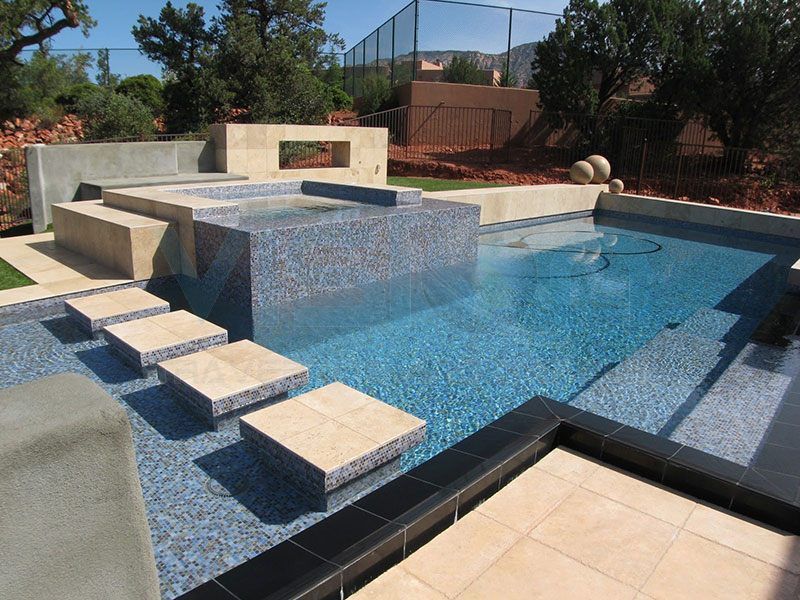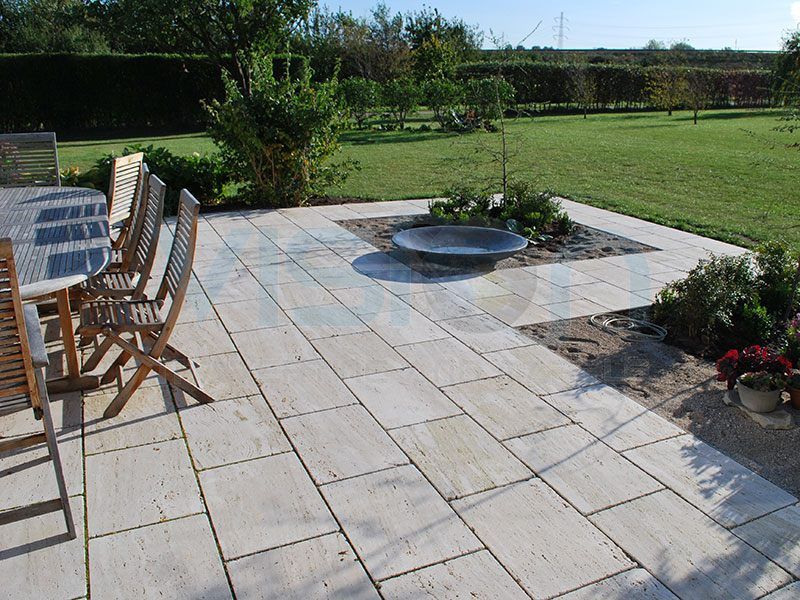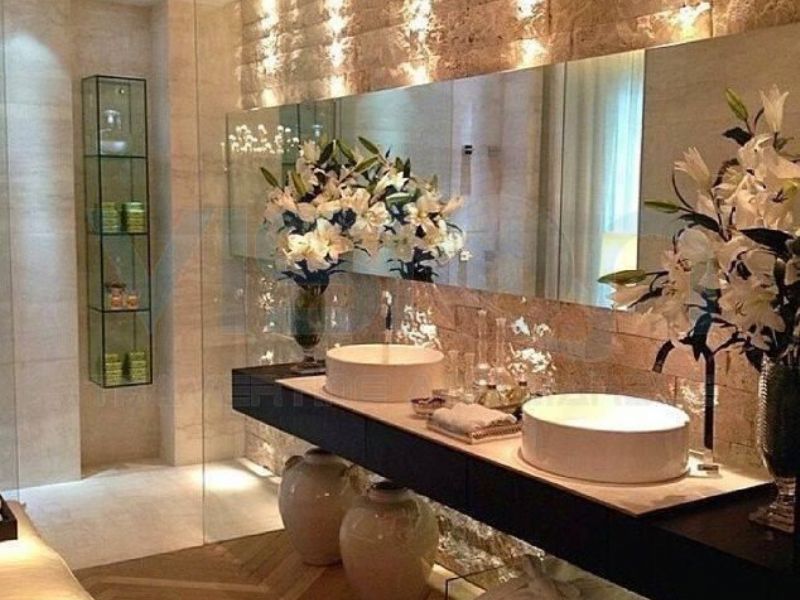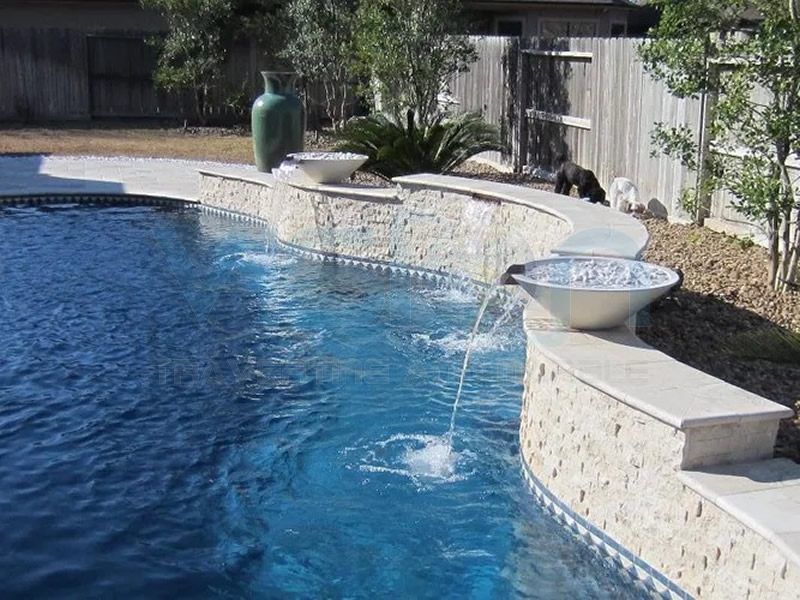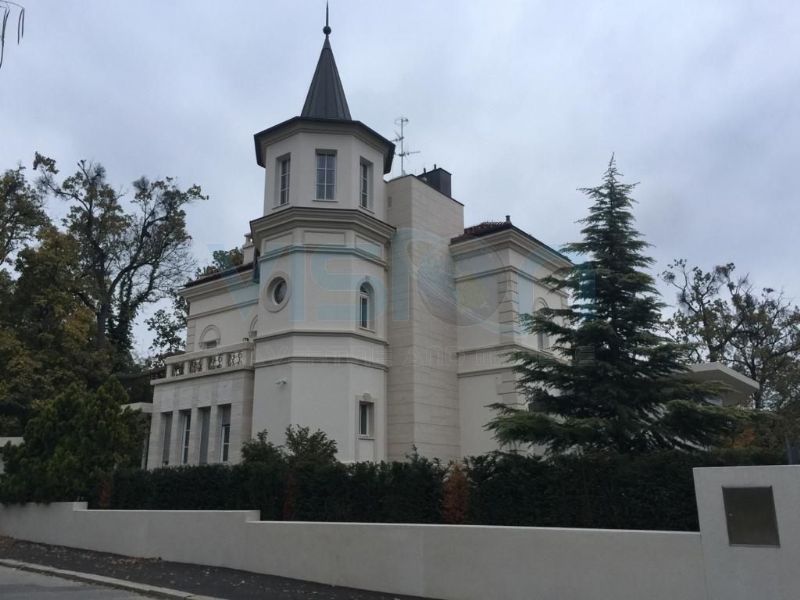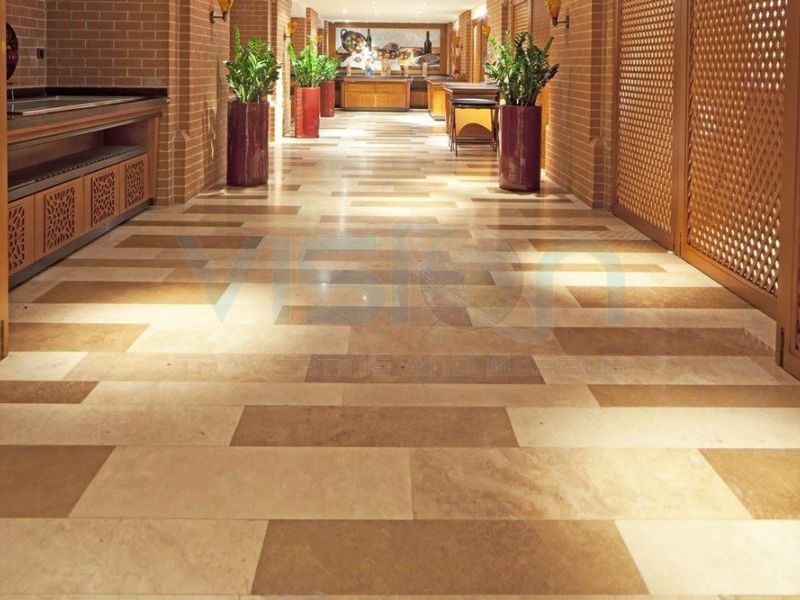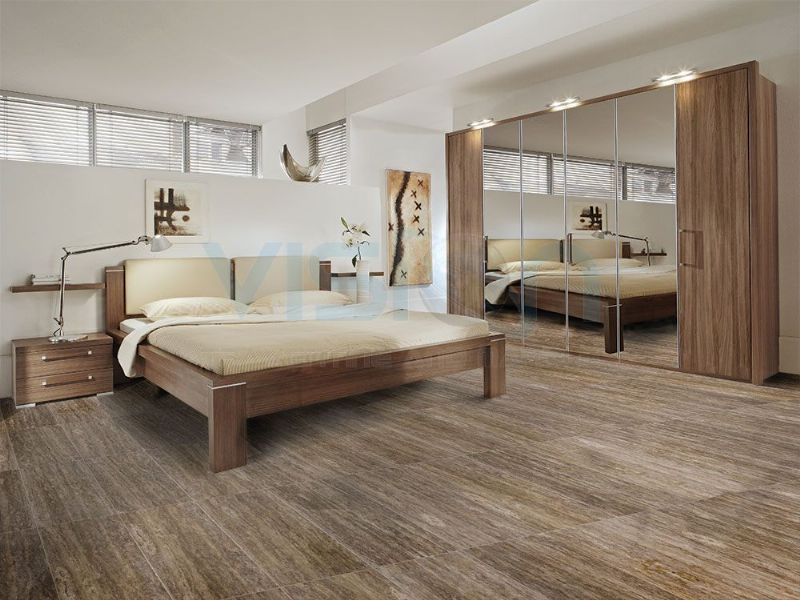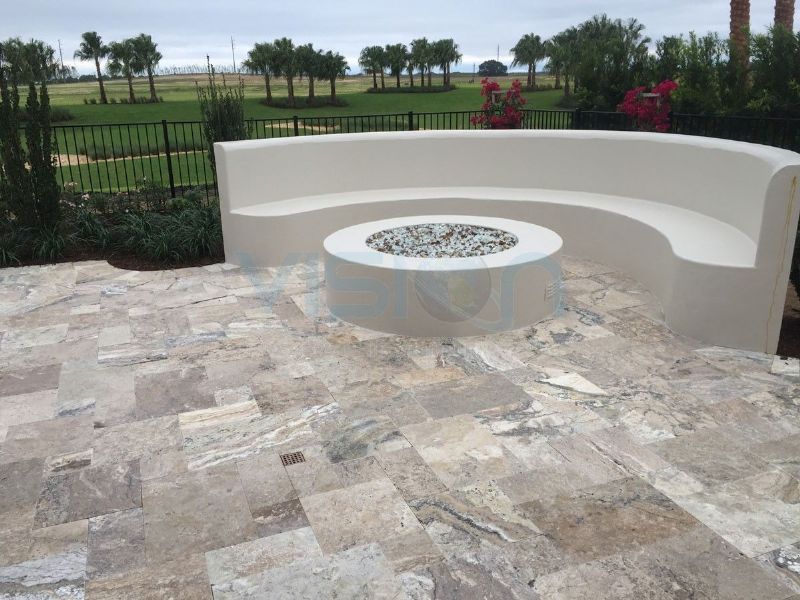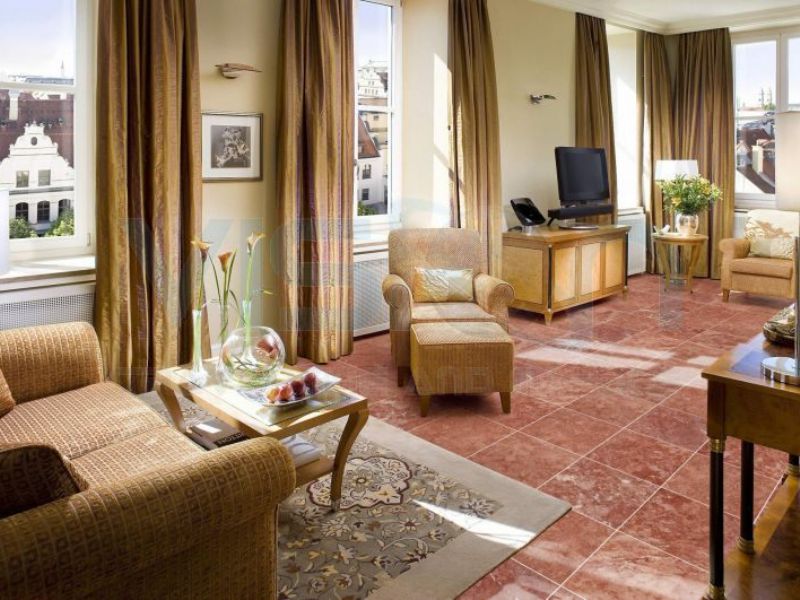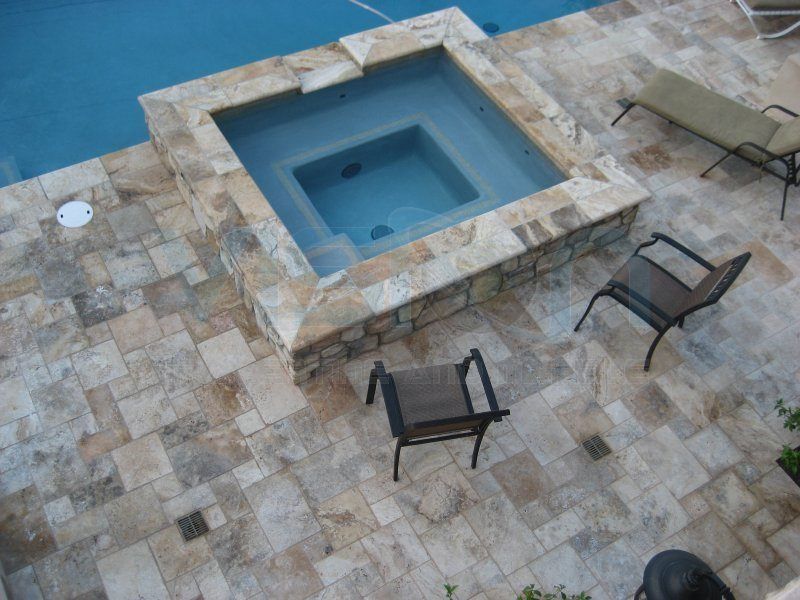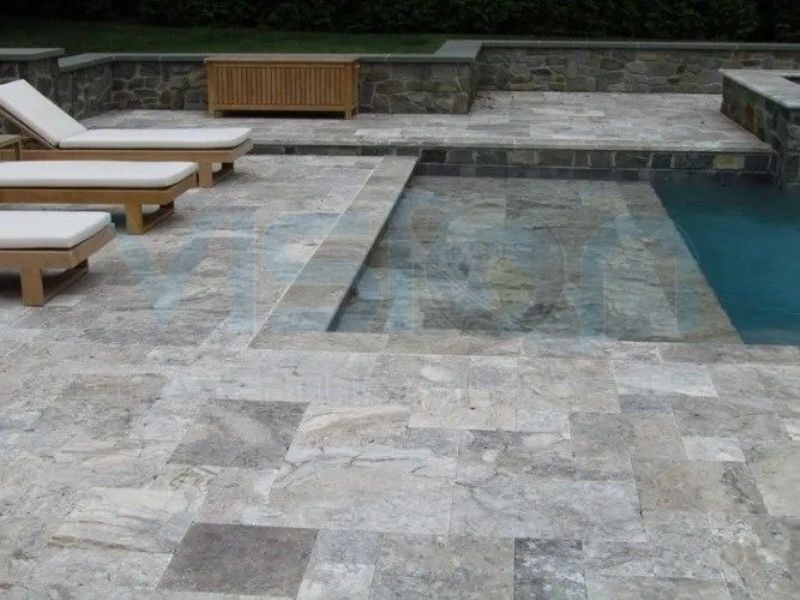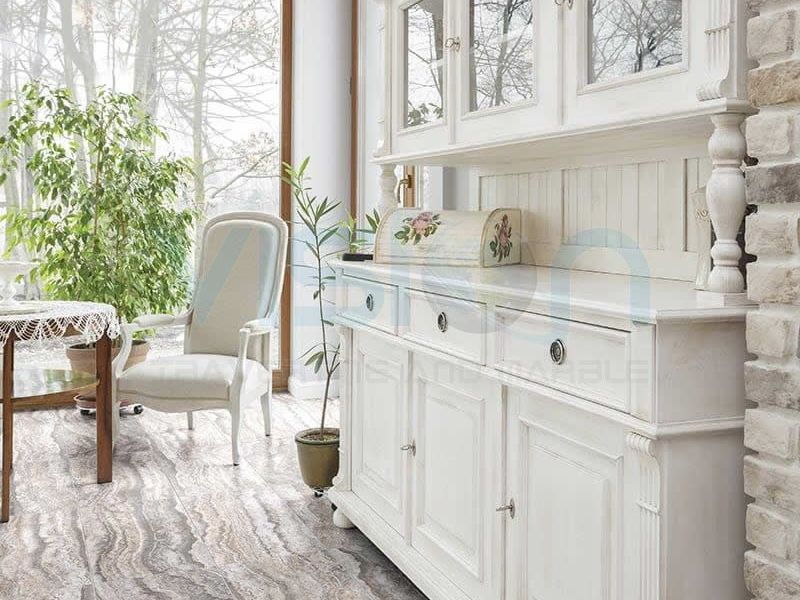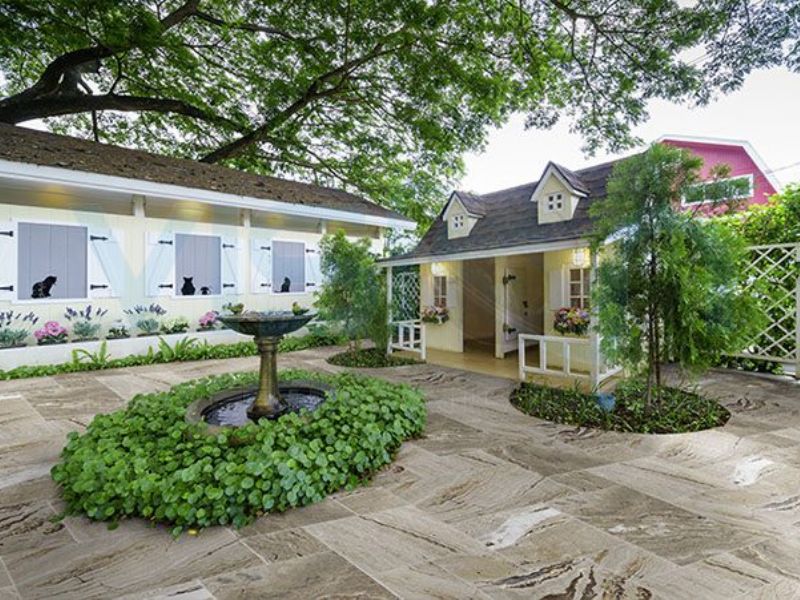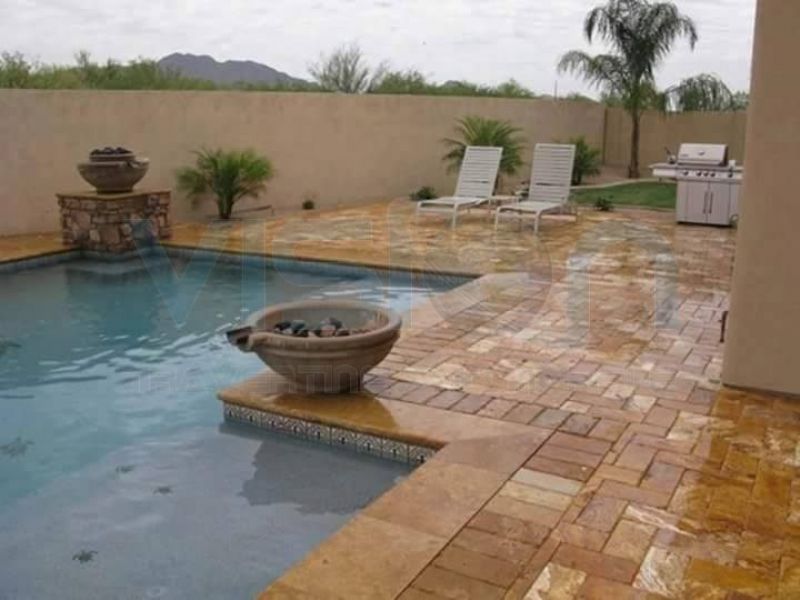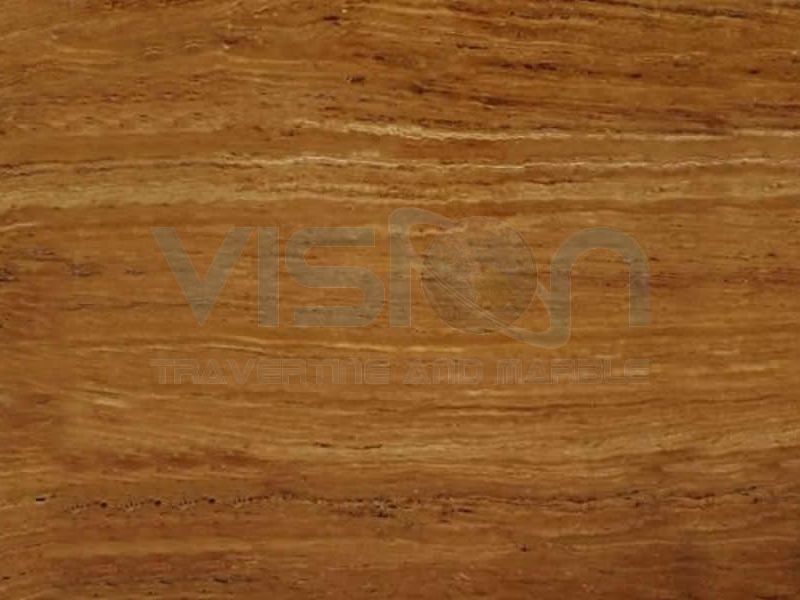
What is Travertine?
Travertine is a type of natural stone formed through the deposition process of hot springs. Rich in calcium carbonate (CaCO3), this stone is typically found in light beige, cream, and yellow tones. Travertine has been used in architecture and decoration since ancient times and is popular for its aesthetic appeal and durability as a building material.
Formation of Travertine
Travertine forms when calcium carbonate-rich hot spring water surfaces and evaporates. As the water evaporates, the calcium carbonate in the water solidifies and layers upon itself, forming travertine stone. The porous structure of travertine is due to the small voids left behind by the evaporating water during its formation.
Properties of Travertine
-
Natural Appearance: One of travertine’s most appealing qualities is its warm, natural tones. It comes in soft colors such as beige, brown, cream, and golden hues. Additionally, the natural patterns and veining on the surface make each piece of travertine unique.
-
Porous Structure: Travertine naturally contains small holes and pores on its surface. This porous texture gives travertine its distinctive look, setting it apart from other natural stones.
-
Durability: Travertine is a durable material and performs well in outdoor settings. However, due to its porous structure, it is prone to absorb water, so it’s often sealed and treated when used in outdoor areas.
-
Workability: Travertine is relatively easy to cut and shape, which makes it a popular choice for tiles, slabs, and decorative elements in various sizes and forms.
Uses of Travertine
-
Flooring and Wall Coverings: Travertine is commonly used for both indoor and outdoor flooring and wall coverings. It adds natural beauty to spaces such as living rooms, bathrooms, kitchens, and terraces.
-
Outdoor Spaces: Thanks to its durability, travertine is widely used in outdoor settings like garden pathways, poolside areas, stairs, and facade cladding. Its natural texture brings warmth and a sense of nature to outdoor designs.
-
Decorative Elements: Travertine is also used for decorative purposes. Sculptures, fountains, columns, and tabletop surfaces often incorporate this stone for its aesthetic and artistic appeal.
-
Bathrooms and Kitchens: Travertine is a popular choice in bathrooms and kitchens due to its water resistance and beautiful appearance. It can be used for countertops, sinks, and wall coverings, adding a touch of elegance.
Maintenance of Travertine
Due to its porous structure, travertine requires regular maintenance. The surface pores can accumulate dust and dirt, so applying a protective sealant is recommended. When cleaning, avoid acidic cleaners and opt for pH-balanced cleaning products.
Conclusion
Travertine stands out in the world of architecture and decoration for its natural elegance, durability, and versatile usage. Whether in classic or modern designs, travertine offers both natural beauty and sophistication, creating warm and stylish atmospheres in any space.
